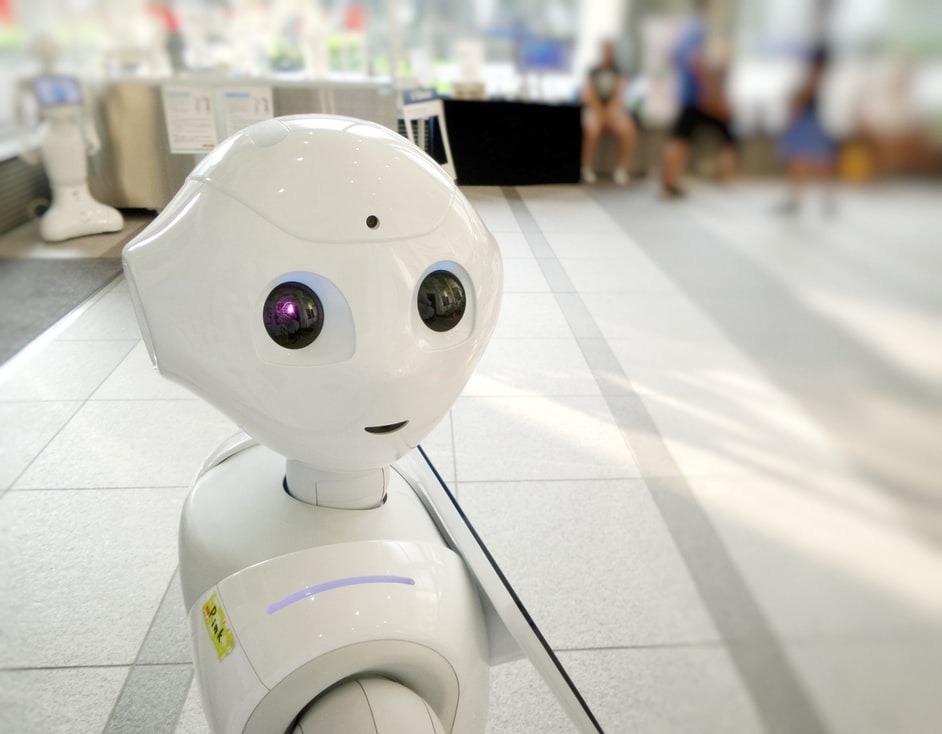In the past year, humanity went through a shared ordeal. The COVID-19 pandemic was an unprecedented event that forced a multitude of businesses to close and killed thousands of people. In the first few months of the pandemic, hospitals were full to the brim with infected patients, and hospitals were forced to adopt new practices to adapt to the dangers of the pandemic. One way they were able to adapt was the use of robots in their medical procedures. By doing so, hospitals are able to protect their patients from further contamination and save lives in the process. Here are 7 Ways hospitals are using robotics to combat COVID-19.
- Delivering Test Samples
When the pandemic reared its ugly head last year, medical technicians, nurses, and doctors were given the most dangerous job. They were obligated to test potentially infected individuals, and they had to handle a myriad of test samples on a daily basis.
Although they faced these challenges bravely, they had a dilemma. They had to transport test samples through various parts of the hospital. The dilemma is that the more people who handle the test samples, the more chances of contamination throughout the hospital. Incredibly, a number of hospitals were able to circumvent this threat, by using robots to deliver the test samples. By having specialized robots deliver the test samples from one room to another, they were able to minimize the threat of contamination.
- Disinfection
When it comes to keeping an area safe from the pandemic, it is important that the area is disinfected on a regular basis. Disinfecting a hospital is quite dangerous though because the cleaners themselves might get contaminated as well. This is especially true for particularly dangerous areas such as testing areas and rooms where infected individuals are housed. As a way to minimize the danger of infection, some hospitals have started to use disinfection robots. These types of robots are usually wheeled platforms and are installed with disinfectant sprays and UV lights that will kill bacteria upon contact.
The usual procedure for these types of robots is that they are sent into potentially infected areas. They go into the room, spray every inch of the room with disinfectant, and light up surfaces with UV lights. After they are done, the cleaning team is then sent in to finish up the job. By taking this two-pronged approach, hospitals are able to cover up the bases when it comes to disinfecting every inch of the establishment.
- Moving Infected Individuals
There will be times where infected individuals are too weak to move, and they need to be moved to another room. This is a dangerous situation for any healthcare provider. Even if he or she has PPE gear on, there is still a chance of infection happening. This is why some hospitals have started using nurse robots to help in more menial tasks such as moving patients. Although these robots will never really replace human nurses because human nurses could fulfill more complicated and delicate procedures, however, the robot nurse’s ability to fulfill menial tasks without getting infected will make them a cornerstone in any hospital’s workforce.
- Instruct and Comfort Patients
Although instructing and comforting patients in medical procedures is usually the nurse’s job, there are times where the patient is in such a dangerous condition, that any contact from an infected individual could put his or her life in danger. This is where healthcare robots come in handy. There are now healthcare robots that have a humanoid form, and they are specially designed to instruct and comfort patients. Remember that patients need all the comfort they could get, so these types of robots are very necessary during these situations.
- Handling contaminated Wastes
When it comes to keeping a hospital safe from infection, proper waste disposal is one of the most important procedures to take into account. Luckily a number of hospitals have started to use mobile robots that are installed with CNC robotic arms. These types of robot arms are perfect for these functions because they are capable of repetitive movements such as lifting and picking. This makes them a great robot arm option for waste disposal. Robotics companies such as EVS specialize in robotic arms CNC that can come in handy when handling various sensitive hospital processes.
- Take Temperatures
One of the most important safety procedures that a hospital could practice is temperature checks. A high temperature is one of the indications that a person is infected. So temperature checks are a necessity. However, the person who does the temperature check is also in danger of getting infected. This is why some hospitals have temperature check robots man the doors. These robots usually have a cute or friendly form, so that the people who have to take the temperature check feel more at ease.
- Facilitate Social Distancing
Even though social distancing has become a part of most hospital’s procedures, some people still forget to practice it. As a way to address this issue, some hospitals have started using robots that are specifically designed to facilitate social distancing. These types of robots resemble vacuum cleaners, and they speed about the hospital, reminding people to practice social distancing. For some people, this type of robot might seem like a nuisance, however, they should remember that all it takes is one lapse, and a full-blown infection could occur. So it is best that these types of robots are utilized by some hospitals.
Conclusion
In the past year, the world went through a pandemic that forced hospitals to adopt new methods of medical care. One method is the use of robots to help stop the spread of the pandemic. By knowing the key uses of robotics during the pandemic, you will be able to trust hospital procedures even more.
